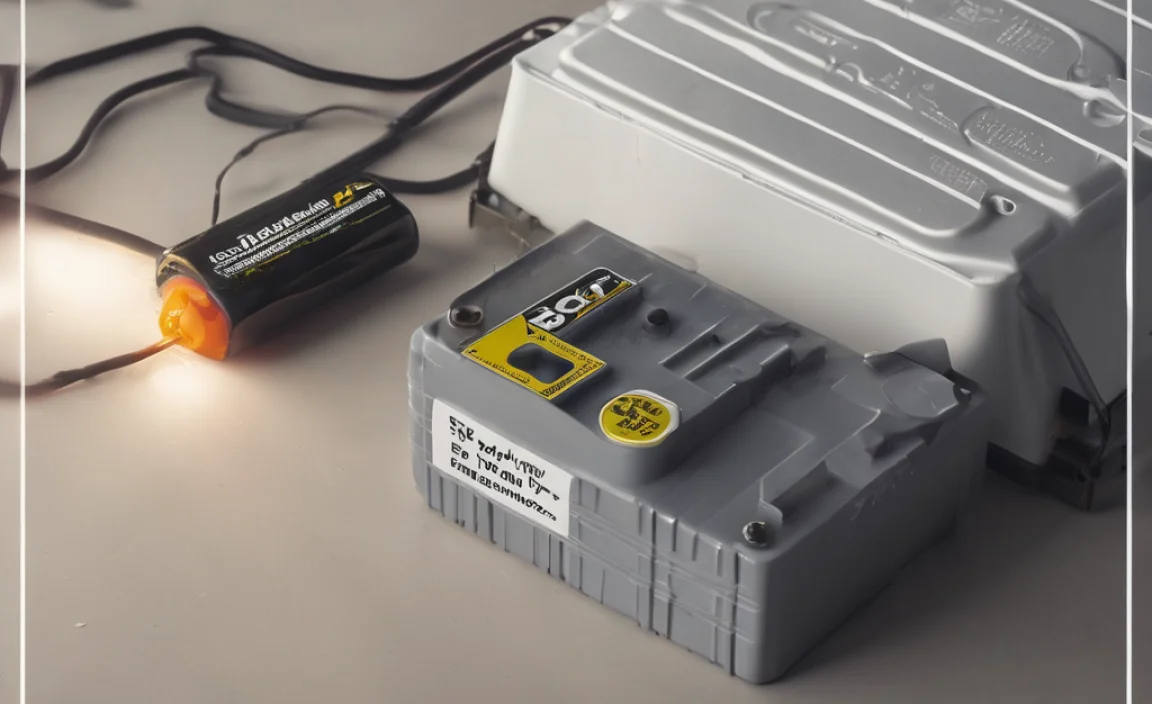MacBook USB WiFi Adapter: Best & Easy Solutions for Enhanced Connectivity
In today’s digitally driven world, seamless internet access is no longer a luxury; it’s a necessity. Whether you’re a creative professional relying on cloud-based software, a student attending online lectures, or simply someone who enjoys streaming your favorite shows, a stable and fast Wi-Fi connection is paramount. While MacBooks are renowned for their robust built-in Wi-Fi capabilities, there are instances where an external solution becomes not just beneficial, but essential. This is where the usb wifi adapter for macbook shines, offering a simple and effective way to bolster your device’s wireless performance, troubleshoot connectivity issues, or even gain access to faster Wi-Fi standards.
Why You Might Need a USB Wi-Fi Adapter for Your MacBook
While modern MacBooks come equipped with excellent internal Wi-Fi cards, several scenarios can make a USB Wi-Fi adapter a wise investment. Perhaps your MacBook is an older model, and its internal Wi-Fi is starting to show its age, struggling with the latest Wi-Fi 6 or 6E networks. Or, you might be experiencing intermittent drops in connection or significantly slower speeds than your peers on the same network. In such cases, a dedicated external adapter can breathe new life into your device, providing superior signal strength and compatibility with newer, faster wireless protocols.
Furthermore, if your MacBook’s internal Wi-Fi card has malfunctioned (a rare but not impossible occurrence), a USB adapter provides an immediate and cost-effective workaround, allowing you to stay connected without facing a costly repair or hardware replacement. For those who frequently travel or work in diverse locations, a reliable adapter can ensure you can connect to various Wi-Fi networks, even in areas with weaker signals.
Choosing the Best USB Wi-Fi Adapter for MacBook
When selecting a usb wifi adapter for macbook, several factors deserve attention to ensure you get the best performance and compatibility. The most crucial aspect is the Wi-Fi standard it supports. For optimal speed and future-proofing, look for adapters that support Wi-Fi 5 (802.11ac) or, ideally, Wi-Fi 6 (802.11ax) and Wi-Fi 6E. These newer standards offer significantly higher throughput, lower latency, and better performance in crowded wireless environments.
Another important consideration is the adapter’s antenna. Some adapters have internal antennas, which are more compact, while others feature external, often high-gain antennas. External antennas typically provide superior signal reception and range, which can be a game-changer if you’re often far from your router or in an environment with many obstructions.
Compatibility with macOS is, of course, non-negotiable. Most reputable manufacturers clearly state their product’s compatibility with different macOS versions. Always double-check this before purchasing. Some adapters might require driver installation, while others are plug-and-play, instantly recognized by your MacBook upon connection. For an easy experience, prioritize plug-and-play options.
Ensuring an Easy Setup Process
The beauty of a usb wifi adapter for macbook lies in its potential for simplicity. For most users, the setup process is as straightforward as it gets. Once you’ve chosen your adapter, the typical steps involve:
1. Connection: Plug the USB Wi-Fi adapter into an available USB port on your MacBook.
2. Driver Installation (if necessary): If your adapter isn’t plug-and-play, it will likely come with a CD or a link to download drivers. Follow the on-screen instructions to install them. Most modern adapters, especially those designed for macOS, will automatically detect and install necessary drivers upon first connection.
3. Network Selection: Once the adapter is recognized, your MacBook’s Wi-Fi menu should appear as usual, now powered by the external adapter. Click on the Wi-Fi icon in your menu bar, and you should see a list of available networks.
4. Connect to Your Network: Select your desired Wi-Fi network from the list and enter the password.
This process is generally far less daunting than it might sound, especially with adapters designed with user-friendliness in mind. The goal is to restore or enhance your Wi-Fi functionality with minimal fuss.
Troubleshooting Common Issues
While generally reliable, occasional hiccups can occur with any hardware. If your new usb wifi adapter for macbook isn’t working as expected, here are a few common troubleshooting steps:
Check Connections: Ensure the adapter is firmly plugged into both the MacBook and any antenna (if applicable).
Restart Your MacBook: A simple restart can often resolve temporary software glitches that might be preventing the adapter from being recognized.
Verify macOS Compatibility: Reconfirm that the adapter and its drivers are fully compatible with your specific macOS version. Check the manufacturer’s website for the latest driver updates.
Test Another USB Port: Sometimes, a particular USB port might be experiencing issues. Try plugging the adapter into a different port.
Check Network Settings: Ensure your MacBook’s network preferences are correctly configured. Sometimes, the internal Wi-Fi might need to be explicitly disabled for the external adapter to take over, though this is less common with modern macOS.
Consult Manufacturer Support: If all else fails, reach out to the adapter’s manufacturer for technical support. They can often provide specific troubleshooting guidance or confirm if there’s a hardware defect.
The Best USB Wi-Fi Adapter for MacBook: Finding Your Ideal Fit
Identifying the “best” usb wifi adapter for macbook ultimately depends on individual needs and budget. However, brands like TP-Link, ASUS, and Net-Gear consistently offer reliable adapters with good macOS support and options for various Wi-Fi standards. When looking for top-tier performance, consider models that explicitly advertise Wi-Fi 6 or 6E support and come with reputable chipsets known for stability. For users prioritizing ease and basic functionality, more budget-friendly Wi-Fi 5 adapters can still offer a significant improvement over older internal cards. Reading user reviews, particularly those from other MacBook users, can provide invaluable insights into real-world performance and ease of use.
In conclusion, a USB Wi-Fi adapter can be an incredibly valuable accessory for any MacBook user looking to enhance their wireless experience. With careful selection and a straightforward setup, you can achieve a faster, more stable, and more reliable internet connection, ensuring you stay productive and entertained without missing a beat.



